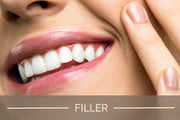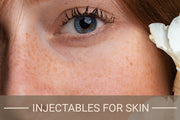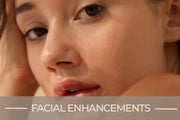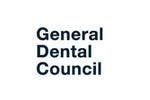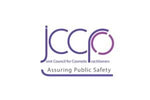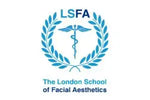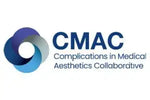Are There Restrictions On Flying After Botox Treatment?
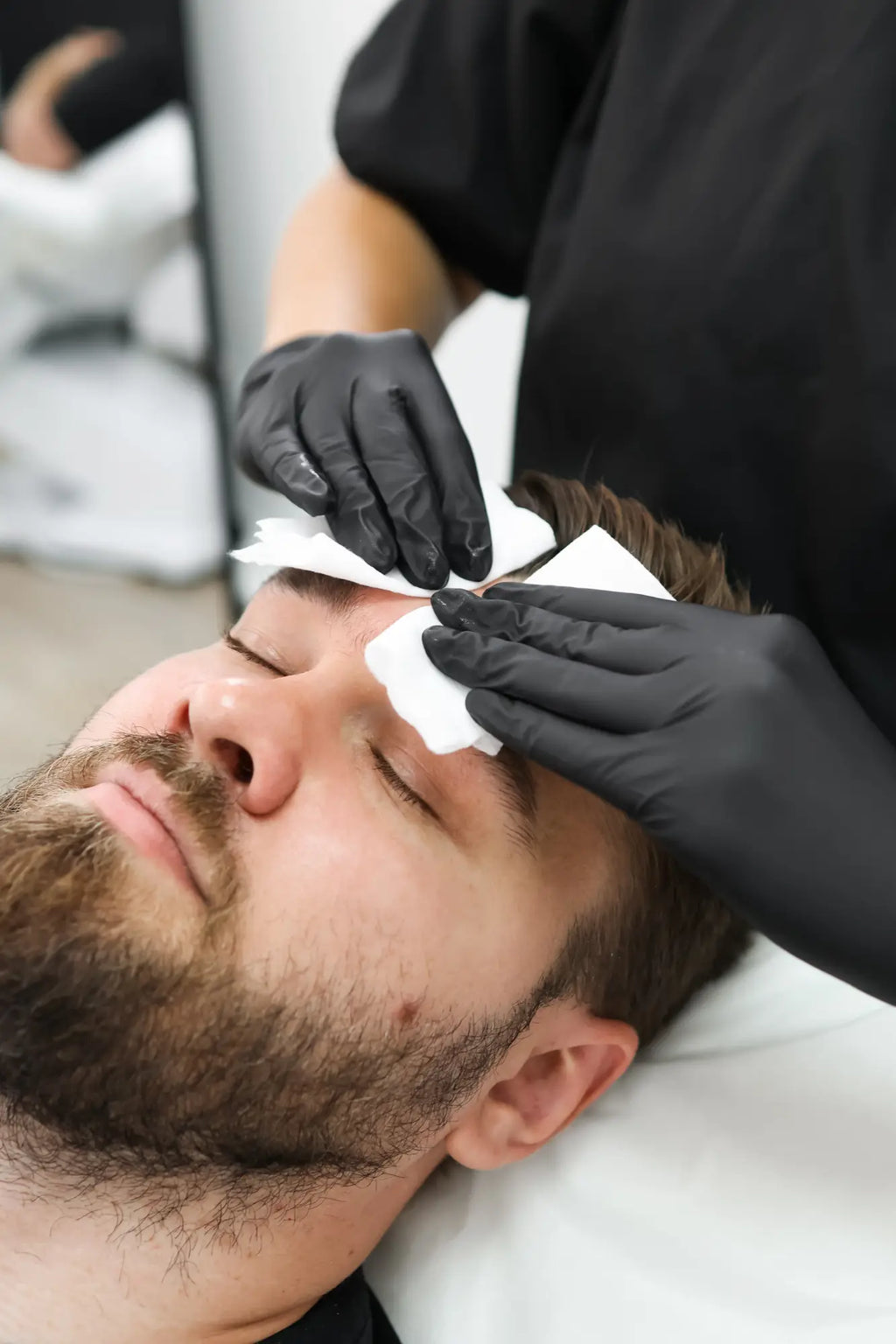
Content Verification

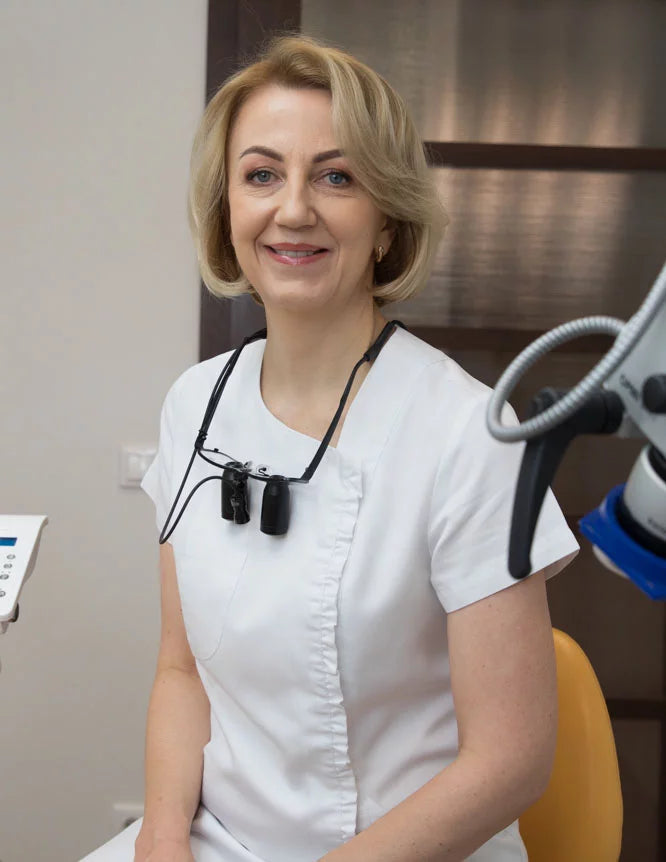

✨ Summary of Key Points ✨
- ✈️ After Botox, you can fly! But it's best to wait at least 24 hours before hopping on a plane.
- 🧳 Air travel doesn’t interfere with Botox results, but avoid pressure changes or massaging treated areas.
- 💆♀️ Post-treatment care is essential—don’t lie down or bend your head for 4 hours after Botox.
💡 Key Advice and Tips from Our Experts 💡
- ✈️ Plan your flights around your Botox treatments for optimal results—ideally, avoid flying immediately after.
- 🤓 Keep your head elevated for a few hours after the procedure to ensure even distribution of Botox.
- 📅 Consult with your practitioner if you plan to travel soon after Botox to ensure the best outcome.
Botox treatments are among the most popular anti-ageing solutions for reducing fine lines and wrinkles. These Botox anti-wrinkle injections work by relaxing targeted muscles, preventing movement that causes expression lines. While the procedure is quick and minimally invasive, proper Botox aftercare is crucial for achieving the best results.
Many patients wonder whether it is safe to fly after receiving Botox injections. Air travel can affect the body in various ways, raising concerns about swelling, bruising, and the effectiveness of Botox for wrinkles. Understanding these risks ensures you maintain the results of your Botox anti-ageing treatments.
In this article, we explore whether flying after Botox is safe, potential risks, and expert advice on post-treatment care. Linked to our Botox Injections Aftercare guide, this article will help you make informed travel decisions for optimal Botox results.
Understanding Botox and Its Effects
Botox anti-wrinkle injections are widely used to reduce the appearance of fine lines by temporarily relaxing facial muscles. The treatment works by blocking nerve signals to targeted muscles, preventing movement that contributes to wrinkles. While the effects are not immediate, Botox for wrinkles gradually takes full effect within a few days.
Once injected, Botox treatments need time to settle, and sudden movements or pressure on the treated area can impact results. Dr. Giedre Narkiene, an expert in dermatology from It’s Me & You Clinic, explains: “Botox anti-ageing treatments require patience as they do not work instantly. It takes around 3 to 5 days for visible effects, and up to two weeks for full results. Any excessive pressure, including rapid changes in altitude, could potentially affect the way Botox interacts with the muscles.”
Some common post-treatment effects include mild swelling, bruising, or a slight headache. These side effects are usually temporary but can be influenced by external factors such as air travel. Dr. Narkiene adds: “The body responds differently to Botox injections, and factors like dehydration, pressure changes, or increased circulation can affect results. Patients should follow aftercare advice closely to ensure optimal effects.”
Understanding these effects is essential, particularly if planning to travel soon after Botox anti-wrinkle injections. Taking the necessary precautions can help minimise risks and maintain the intended outcome of the treatment.
Can You Fly After Botox Treatments?
Many patients wonder whether flying after Botox anti-wrinkle injections is safe. While Botox treatments are minimally invasive, they require time to settle in the muscles. Travelling too soon may not always be ideal, as air travel introduces factors such as cabin pressure changes and reduced humidity.
Airplane cabin pressure can affect circulation, potentially increasing swelling or bruising in Botox-treated areas. Dr. Snieguole Geige, a medical doctor, explains: “Although Botox injections are generally safe, some individuals may experience mild swelling or bruising. Air travel shortly after treatment may exacerbate these side effects due to pressure changes and reduced oxygen levels in the cabin.”
Additionally, movements during travel—such as leaning against the seat or wearing tight-fitting sleep masks—may inadvertently apply pressure to treated areas. Dr. Geige adds: “Patients prone to swelling or bruising should consider delaying travel for at least 24 hours. This allows the Botox anti-ageing treatment to begin settling without external interference.”
While many individuals experience no issues when flying after Botox for wrinkles, those with sensitivity to swelling may benefit from waiting. Consulting a medical professional before travelling ensures the best aftercare approach based on individual needs.
Risks of Flying Immediately After Botox Injections
Flying immediately after Botox anti-wrinkle injections may not be ideal for some patients. Common post-treatment effects, such as swelling, bruising, or mild headaches, can worsen due to cabin pressure and reduced humidity. Although these side effects are usually temporary, they may impact the overall healing process.
Facial muscle movements during air travel, such as talking, eating, or adjusting to cabin pressure, can also influence how Botox for wrinkles settles. Dr. Laura Geige, a senior skin expert, explains: “While Botox treatments are minimally invasive, they still require time to stabilise in the muscles. Excessive facial movements or pressure applied to treated areas—such as resting your head on a pillow—may affect how the product disperses.”
To minimise risks, Dr. Geige advises: “Patients should avoid strenuous activity, rubbing the treated area, or applying pressure for at least 24 hours. Ideally, those prone to bruising should delay flying for a day or two to allow the skin to recover.”
Most normal activities can be resumed within hours of Botox injections, but air travel introduces additional factors that may require caution. Following aftercare guidelines ensures that Botox anti-ageing treatments achieve the best possible outcome.
Best Practices for Flying after Botox Treatments
For the best results, it is advisable to wait at least 24 to 48 hours before flying after Botox anti-ageing treatments. This allows the Botox injections to begin settling and reduces the risk of swelling or bruising worsening due to air travel. While some patients may not experience any issues, taking precautions ensures the best outcome.
To manage potential swelling, experts recommend avoiding alcohol and caffeine before the flight, as these can contribute to dehydration and increased bruising. Applying a cold compress gently to the treated area can also help reduce minor swelling. Dr. Laura Geige advises: “Patients should remain upright for several hours post-treatment and avoid putting pressure on the injected areas. This precaution is especially important when travelling, as leaning against a window or seat may affect how Botox settles.”
Post-flight care is equally important for maintaining the effects of Botox near me. Staying hydrated, moving regularly during the flight, and avoiding excessive facial movements can help prevent unnecessary strain on treated muscles. If any discomfort or prolonged swelling occurs, seeking professional medical advice ensures proper aftercare. Following these simple steps helps preserve the results of Botox for wrinkles while travelling safely.
Alternative Travel Considerations after Botox near Me
If flying is not advisable after Botox injections, alternative travel methods such as trains, cars, or coaches may be more suitable. Unlike air travel, these options do not expose patients to sudden cabin pressure changes that may increase swelling or bruising. Road or rail travel also allows for easier movement and better hydration, both of which help in post-Botox recovery.
Environmental factors like sun exposure and temperature changes can also affect Botox for wrinkles. Prolonged exposure to direct sunlight may increase swelling, while extreme temperatures can influence circulation. Dr. Snieguole Geige advises: “Patients should avoid excessive heat, such as saunas or sunbathing, in the first 24-48 hours after Botox anti-ageing treatments. Temperature changes can impact the way Botox interacts with the skin.”
For those undergoing Botox treatments in London and needing to travel soon after, proper aftercare planning is essential. Keeping hydrated, avoiding excessive facial movements, and using gentle skincare can help maintain results. If long-distance travel is necessary, consulting a medical professional ensures the safest approach based on individual needs. Taking these precautions helps minimise risks and preserves the effects of Botox anti-wrinkle injections.
The Bottom Line
Flying after Botox treatments is generally safe, but timing and aftercare are crucial for the best results. Experts recommend waiting at least 24 to 48 hours before flying to minimise swelling, bruising, and pressure-related concerns. Avoiding excessive facial movements, staying hydrated, and following expert aftercare advice help maintain Botox for wrinkles effectively.
If immediate travel is necessary, consider alternative transport options and take precautions to protect treated areas. Prioritising proper aftercare ensures the best possible outcome from Botox anti-ageing treatments.
Medical Disclaimer: This article is for informational purposes only and does not replace professional medical advice. Consult your doctor before making decisions regarding Botox aftercare and travel.
